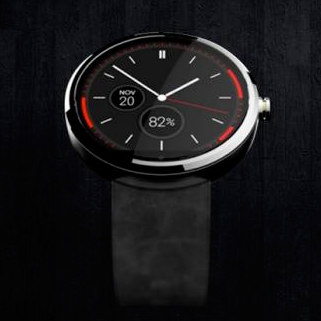latest
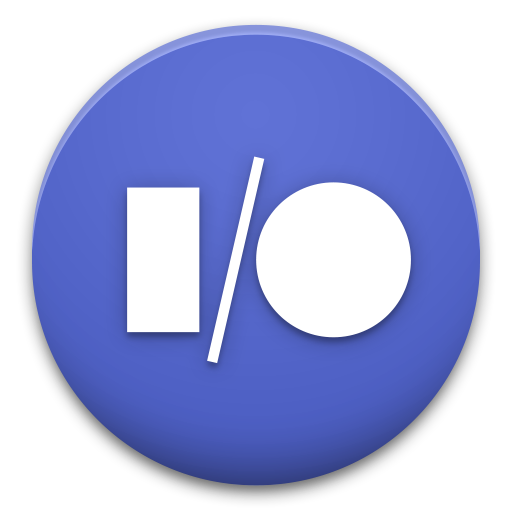
Google I/O 2014 has come and gone, but that doesn't mean great stuff from the conference isn't still coming out. The companion app used by thousands of attendees -and hundreds of thousands of fans and followers- has been open sourced! Code for the I/O app is meant to serve as an example of best practices for Android developers, providing fully functioning implementations of the latest design principles, UI controls, networking code, and more.
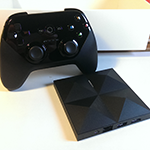
Google's announcement of Android TV made it clear that a final product wasn't ready for store shelves, but it was certainly getting close. While Google is finishing up the software and hardware for an official release later this year, developers have been invited to begin work on their own apps. For most, that means firing up an emulator to test on, but a few have also been granted access to a preview device called ADT-1. Applications for the hardware opened up shortly after the Android TV talk at I/O, and now devices have started appearing for some lucky developers.
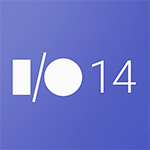
Google I/O was pretty amazing this year, right? We got the deets on Material design, a preview version of Android L, the formal release of Android Wear, the first manifestations of Android TV and Android Auto, and plenty of other bits and pieces. However, all of that content and all of those developer sessions can take forever to absorb, and professional developers just don't have time for that. Now that all of the videos have been posted, I've combed through every last one to narrow the list down to just the sessions that absolutely can't be missed.

Android is really turning into a jack of all trades, having become the OS of choice for phones, tablets, face computers, and now wristwatches. The combination of flexibility, open source code, and low cost of entry make it a prime candidate for countless utilitarian purposes. With the upcoming release of Android L, Google is aiming to make it even easier to deploy highly specialized environments with a new feature called Task Locking that allows a single app to take control of the interface and prevent users from switching apps or even seeing notifications.
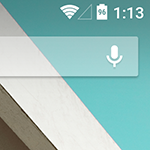
Back in KitKat, we were introduced to translucent system bars, which gave app developers the ability to make the navigation and status bars semi-transparent. Reclaiming as much of the screen as possible became an obsession for many fans as they demanded their favorite apps go "full bleed." With Android L, Google is treating us to even more flexibility by allowing developers to set their own color for the status bar, or even turning it completely transparent.
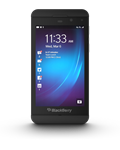
One of the less exciting (but still important) announcements at Google I/O 2014 was that Google will be adopting part of Samsung KNOX as a security platform in Android itself. KNOX, which is currently only on Samsung devices, is a business-oriented security solution that keeps work and personal data separate and secure on a single device. Sounds pretty good, right? Not to BlackBerry CEO John Chen, but you know what is good enough? You'll never guess – a BlackBerry. Obviously.

Battery life on Android has been a bit of a sore spot for many users, mostly because it's simply not good enough. Most devices can make it a day on moderate use, and a few can even do so comfortably, very few phones can hit two days without some time on the charger. The Android "L" release is making several improvements to power efficiency via Project Volta, but there are also ways to improve 3rd-party apps, and that's where the new Job Scheduler comes in.

Last year, at Google I/O 2013, some major new features and improvements were announced for Google Cloud Messaging (GCM) -the replacement for Cloud to Device Messaging (C2DM). A couple of the new bits were even featured during the keynote, particularly notification syncing, which the audience loved. The one thing most people don't know is that most of the coolest things announced that year were marked as beta and locked behind an application process. Plenty of developers were accepted, but it certainly wasn't available to everybody. This year, the restrictions are dropping and all developers are allowed to make full use of GCM.

If we're being honest, it's hard to deny that one of Android's most obnoxious flaws comes in the category of audio performance. Playing some music is generally fine, but the issues start to become obvious after introducing very high quality audio or trying to achieve precise timing or real-time processing. With the L Developer Preview, it appears that Google is driving to improve upon these weaknesses and give audio performance the shot of adrenaline it needs. In a session at Google I/O 2014 titled "Building great multi-media experiences on Android," Glenn Kasten and Andy Hung took to the stage to explain the improvements appearing in the next revision of Android that can give us access to higher quality sound and greatly reduced lag in audio input.
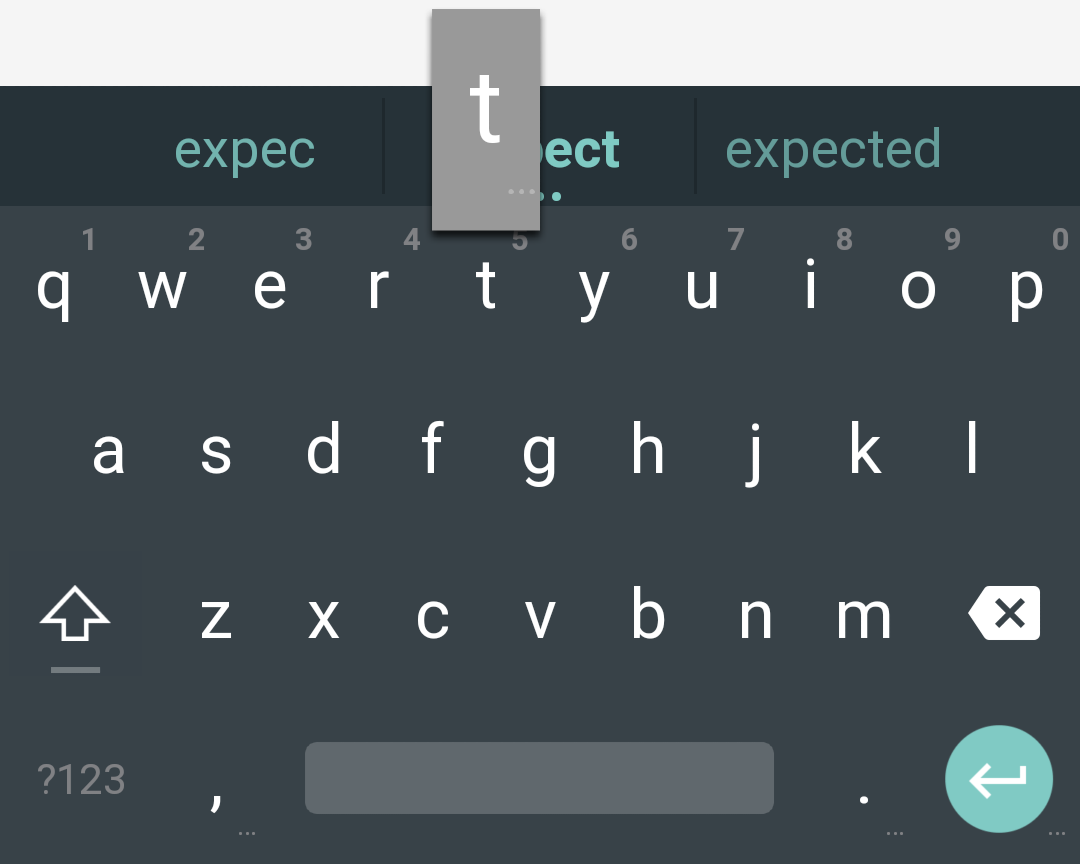
Anyone who was hoping for big changes to the Google Keyboard's functionality is going to be disappointed with L. The performance and features are almost identical, but it looks a lot different. Don't freak out yet – the old themes are still there.
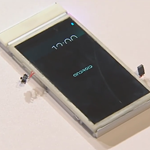
Project Ara is still going strong, and Google demonstrated it at I/O at the ATAP presentation. Project Ara Technical Lead Paul Eremenko talks up the modular phone platform in the video below (starting at around 23:30), bringing the concept beyond simple phone component upgrades. "What if a phone could see in the dark? What if a phone could test if water is clean?" The collaborative Ara team wants the hardware to be just as flexible as the larger Android ecosystem.
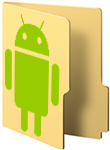
Android 4.4 contained a number of interesting and very powerful features for developers, many of which went unused or misunderstood for quite a long time. Since it was introduced in KitKat, The Storage Access Framework (SAF) may be one of the best examples of an API that has been underutilized, despite offering a great method to provide cleaner and more informative interfaces. I even theorized that it may ultimately take the place of file system access. A big limiting factor of the SAF has been its very granular interaction with files. With the L release, that hinderance is going away as the Storage Access Framework has been expanded to allow providers to grant full read and write access to entire subdirectories.
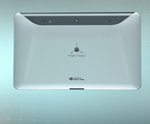
Google's ATAP team is doing cool stuff with Project Tango – like sending it into space to help astronauts do stuff. Of course, those of us on earth also want to get our hands on this upcoming tech to see what it's all about, as well (though probably not for the $1k asking price of the dev unit). According to ATAP team member Regina Dugan in a talk today at I/O 2014, there should be a retail version made by LG hitting the streets next year.

[I/O 2014] Google I/O Day 1 Roundup: Android Wear, Android L, Android TV, And More
Google I/O Day 1 Roundup
Google I/O is only two days this year, but Google definitely crammed plenty of news into the first day. Today's keynote contained all the latest and greatest from Android on your phone, wrist, dashboard, and TV. Seriously, it was Android everywhere. Let's take a quick look at the high points of the day.
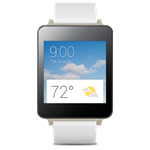
The first two Android Wear devices have just gone live in the Play Store. You can get your pre-order in today and Google will ship them your way as soon as they're in stock. The G Watch is selling for $229 and the Gear Live will be a little cheaper at $199.
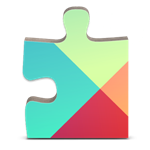
Google Play Services is that app on your phone that doesn't look like it does anything, but actually does a lot of things. This is how Google rolls out new services and features to the core of Android sans OS updates. Today we've got the details on Play Services v5.0. This covers some of the features Google announced in the I/O keynote and a few smaller ones as well.

Google announced Play Games at last year's I/O conference (hard to believe it's already been a year), and this year the company stepped it up a notch. They're integrating new features into the app, which includes a new Game Profile feature that exists and a sort of unified leaderboard with achievements and the like. Naturally, this lets users compare how they play with their friends. Nothing like a little competition, right?
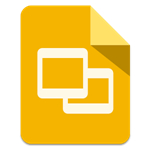
Google I/O is barely under way and already Google is dropping news that would be considered huge on any other day. The latest – the third piece of the Google Drive app troika has been announced. Presentation app Slides is now live in the Play Store.
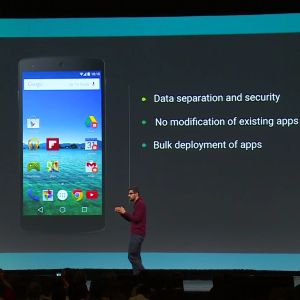
We've heard that Google intended to really make a push for greater corporate adoption with the L release, and the company touched on some of its plans in today's keynote. It confirmed that Android will empower companies to separate personal data from work data using containers without outside companies having to apply additional code to their devices. Interestingly, this comes thanks in part to Samsung, which has contributed some of its KNOX code to the next version of Android.

